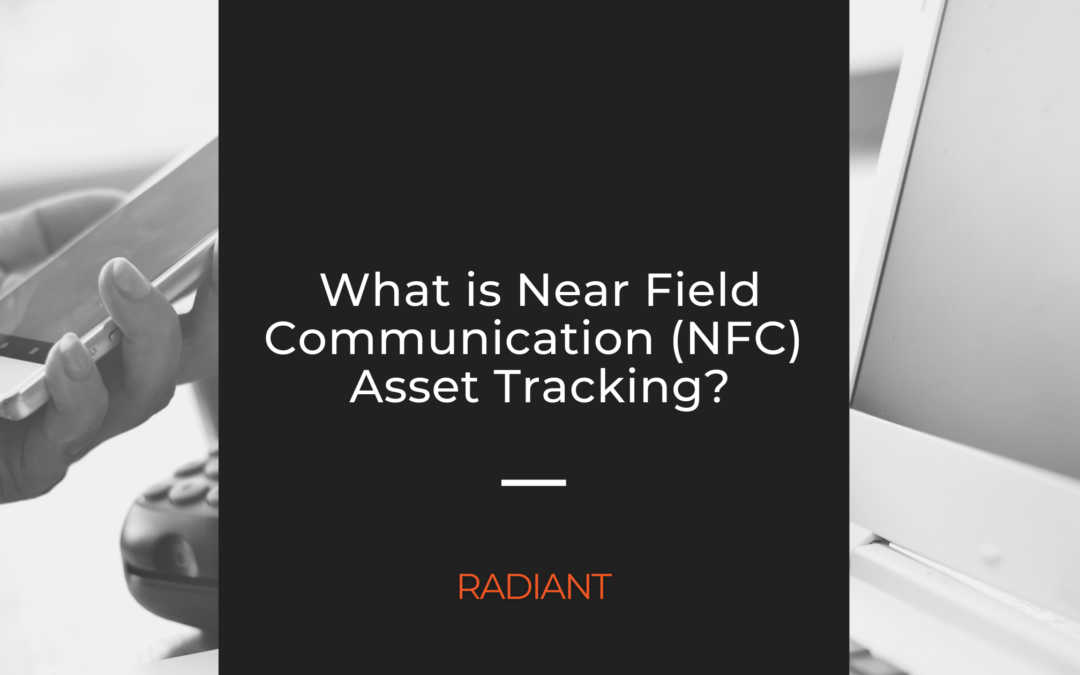If you’re like most business leaders, you’re always on the lookout for new and better technologies to help streamline your operations. One technology that’s been gaining a lot of traction lately is NFC asset tracking. But what is it exactly? And more importantly, can it benefit your business? In this blog post, we’ll give you a brief overview of NFC asset tracking and discuss some of the key benefits it can offer businesses. Let’s get started!
What is Near Field Communication (NFC) Asset Tracking?
A short-range wireless connectivity standard, Near Field Communication (NFC) enables communication between devices that are held close together. NFC asset tracking is a technology that uses NFC tags to track the location of assets and equipment.
NFC tags are special kinds of RFID tags that can be read by devices such as smartphones. NFC stands for Near Field Communication, and it refers to the ability of these tags to communicate with devices that are close by. NFC tags are often used for asset tracking, as they can provide a quick and easy way to track the location of objects. The tags contain a small amount of data, which can be read by an NFC-enabled device. This data can be used to track the location of the tag, as well as any other information that is associated with it. NFC tags are becoming increasingly popular for asset tracking, as they offer a fast and convenient way to keep track of inventory.
NFC asset tracking can be used to track a wide variety of items, including tools, machinery, and vehicles. It is a highly accurate tracking technology that can be used in both indoor and outdoor environments. With the help of NFC tags, businesses can reduce losses and improve efficiency.
What are the Benefits of NFC for Asset Tracking?
There are several advantages of using NFC for asset tracking, but below you will find a few of the top benefits:
- Accuracy: NFC is more accurate than other methods such as QR codes, laser scanning, and barcodes. This is because NFC tags can be read at a closer range, which reduces the chance of errors.
- Convenience: NFC is more convenient than other methods since it does not require line of sight. This means that assets can be tracked even if they are hidden from view.
- Automation: Once an NFC tag has been placed on an asset, the process of tracking that asset becomes automated. This can free up time for other tasks.
- Scalability: NFC-based asset tracking systems can be easily scaled up or down, depending on the needs of the business.
- Flexibility: NFC tags can be placed on a variety of assets, including both physical and digital assets.
- Security: NFC is more secure than other methods since the data exchanged between devices is encrypted. This makes it difficult for unauthorized individuals to access the data.
Overall, NFC offers many advantages for asset tracking. By using NFC tags, businesses can track their assets more accurately and efficiently.
Other Applications for Near Field Communication
Asset tracking is one of the most popular applications for NFC, but it is far from the only one. Near field communication can also be used for contactless payments, ticketing, and access control. For example, many transit systems now use NFC to allow riders to pay for their fares with a simple tap of their phone. Similarly, event venues are using NFC to streamline the entry process by allowing guests to scan their tickets on their phones. And office buildings are using NFC to restrict access to certain areas, ensuring that only authorized personnel can enter. As these examples illustrate, NFC is a versatile technology with a wide range of potential applications.
What to Consider when Exploring NFC for Asset Tracking
There are a few important factors to keep in mind when exploring Near Field Communication for asset tracking. First, Near Field Communication is a short-range wireless technology, so it’s important to make sure that the tags you’re using are within range of the reader. Second, Near Field Communication is a low-power technology, so battery life is an important consideration. You’ll need to make sure that the tags you’re using have enough power to last for the duration of your project. Finally, Near Field Communication is a relatively new technology, so it’s important to do your research and make sure that it’s the right solution for your needs.
There are a few key scenarios where BLE, RFID or GPS may be a better solution for asset tracking than NFC. The first is when tracking assets in a large area – since NFC has a relatively short range, it would be difficult to track assets over a wide area with accuracy using this technology. Similarly, if the asset being tracked is moving quickly (such as a vehicle), NFC would again be less accurate than RFID or GPS. Another scenario where NFC may not be the best solution is when tracking assets in an environment where there is metal or water present – both of these can interfere with the NFC signal and make tracking more difficult. Ultimately, the decision of which technology to use for asset tracking depends on the specific needs of the situation.
If you’re interested in learning more about asset tracking and what technology could be right for your business, contact us today. Our team would be happy to show you how our asset tracking solutions can help streamline your operations and improve your bottom line. Thanks for reading!
Last Updated on January 26, 2023 by Radiant

